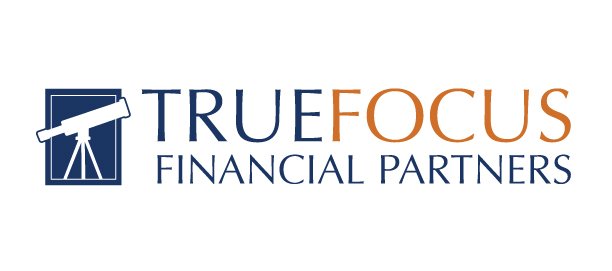Managing Your Tax Risk — with Diversification
Managing the volatility of investment assets by creating a diversified portfolio is one of the core principles of investing. Dividing up your investments by asset classes can help with building and managing the reliable income stream you need once you become dependent on your savings and investments in retirement.
The goal is to achieve a risk-adjusted return that you can live on and find peace of mind in your finances. The portfolio must be a balance of risk that allows to you sleep at night while also keeping you from missing out on potential upsides.
Creating a portfolio, monitoring it, and updating it to keep it in step with market changes is an ongoing process, so that when you are ready to withdraw funds, you can pull enough out for your needs, while still leaving enough to grow for the future.
But after all that – what about the hit your money takes when it's time to pay taxes on your withdrawals?
Depending on what type of account your funds are located in, your tax liability could undo much of your investment gains.
The Building Blocks of a Tax Diversification Plan
As you save for retirement, there are three main types of accounts you can contribute to. They are all taxed at some point, but the different types each have advantages. Dividing your investments among them and then being strategic about your withdrawals in retirement can help you get the most benefits while you are working and when you are retired.
Tax-deferred accounts are generally traditional 401(k), 403(b) or IRA accounts and can also include most 457 and the federal Thrift Savings Plan. These accounts allow you to accumulate savings with pre-tax dollars while you are working. They lower your income in the year you contribute, can provide tax savings, and they grow tax-deferred. However, the original contribution amounts and the growth in the account are taxed as ordinary income when they are withdrawn.
If you expect to be in a lower tax bracket in retirement than when you are working, they provide the opportunity to withdraw the funds at a lower tax rate.
Taxable accounts are the most flexible. These are brokerage accounts that you fund with after-tax dollars. Investment options are very broad, and because you paid the tax on the funds before investing, when you withdraw you only pay taxes on the gains. These are taxed at either the short-term or long-term capital gains rates.
Tax-free accounts (ROTH accounts) generally require you to invest with after-tax dollars, so there is no tax due on the original contribution amount when you withdraw. The advantage of the Roth is that they grow tax-free. There is no income or capital gains tax on withdrawals from a Roth.
As you build your retirement nest egg, taking advantage of all three types of accounts can help you lower taxes.
You'll max out your tax-deferred contributions at either $7,000 for an IRA or 23,000 for a 401(k) if you're under 50. If you're 50 or over, you qualify for the IRS catch-up provision of an additional $1,000 for an IRA or $7,500 for a 401(k).
If you've maxed out your contributions and can still afford to save, setting up a taxable brokerage account will allow you to diversify both your tax planning and your investment portfolio, as you'll have a lot more investment options in a brokerage account.
If you're over the income limit for a Roth account ($161,000 for a single-filer in 2024), you may need to wait until retirement, when your income is lower, to convert to a Roth.
Creating a Dynamic Plan
How do you deploy the three types of accounts to shelter as much of your income from taxes as possible?
Let's look at a hypothetical retirement income scenario drawn from investments (so not including social security or pension assets). Assuming you want to take $150,000 from investments, and your tax rate is 25%, how would that affect your after-tax income?
If you withdraw it all from a tax-deferred 401(k) account, your after-tax proceeds from the withdrawal will be $112,500.
What happens if you spread out the withdrawal from all three types of accounts?
1. Withdraw $75,000 from the tax-deferred account, paying a 25% ordinary income tax rate for after-tax proceeds of $56,250.
2. Liquidate $50,000 in assets held for more than a year from your taxable brokerage account, paying a 15% long-term capital gains rate, resulting in after-tax proceeds of $42,500.
3. Take the remaining $25,000 from a tax-free Roth account.
Adding them all up, your after-tax income from the withdrawal is $123,750. The difference of $11,250 in income you get to keep is meaningful.
Additional Tax Planning Benefits of Diversification
You can also potentially lower your tax burden by deploying tax-loss harvesting in your taxable account to offset some of the capital gains or the ordinary income. In addition, the types of assets you place in each account can help to lower taxes overall. For example, one strategy would be to put equities and municipal bonds in a taxable account, and taxable bonds or high-dividend-paying funds in a tax-deferred account.
The Bottom Line
Creating a diversified tax strategy can help you keep more of your income. Along with a thoughtfully allocated investment plan, it can help you achieve the retirement lifestyle you want.
